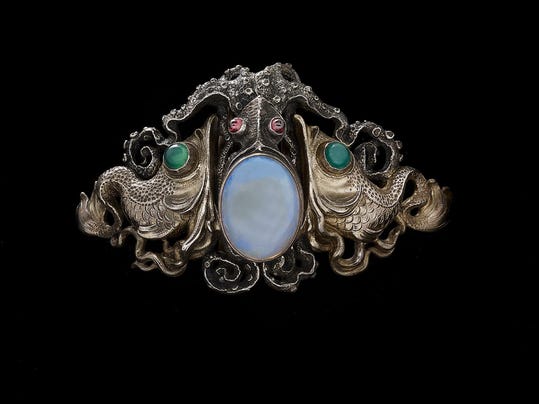Most of us don’t think of fashion as an indicator to historical change. But each era of jewelry making represents the societal tide of that particular era. Chicago’s Driehaus Museum current exhibit highlights a particularly transitional time.
The exhibition’s more than 250 pieces — 150 from Driehaus’s collection — were created between the late Victorian period and World War I. At that time, jewelry makers in the world’s design centers responded to the world’s growing industrialization and women’s changing roles with daring new jewelry styles. Boldly artistic, exquisitely detailed, hand wrought and inspired by nature, their work became known as art jewelry, according to the museum.
“The urge for a new aesthetic emerged simultaneously in many countries at the turn of the century,” according to Elyse Zorn Karlin, exhibition curator. “Together they were defined by a rebellion against the strictures of the past and a look toward an exciting, less-encumbered future.”
Wilhelm Lucas von Cranach (German, 1861-1918), Octopus Waist Clasp, c. 1900. Collection of Richard H. Driehaus. (Photos by John A. Faier / The Richard H. Driehaus Museum)



